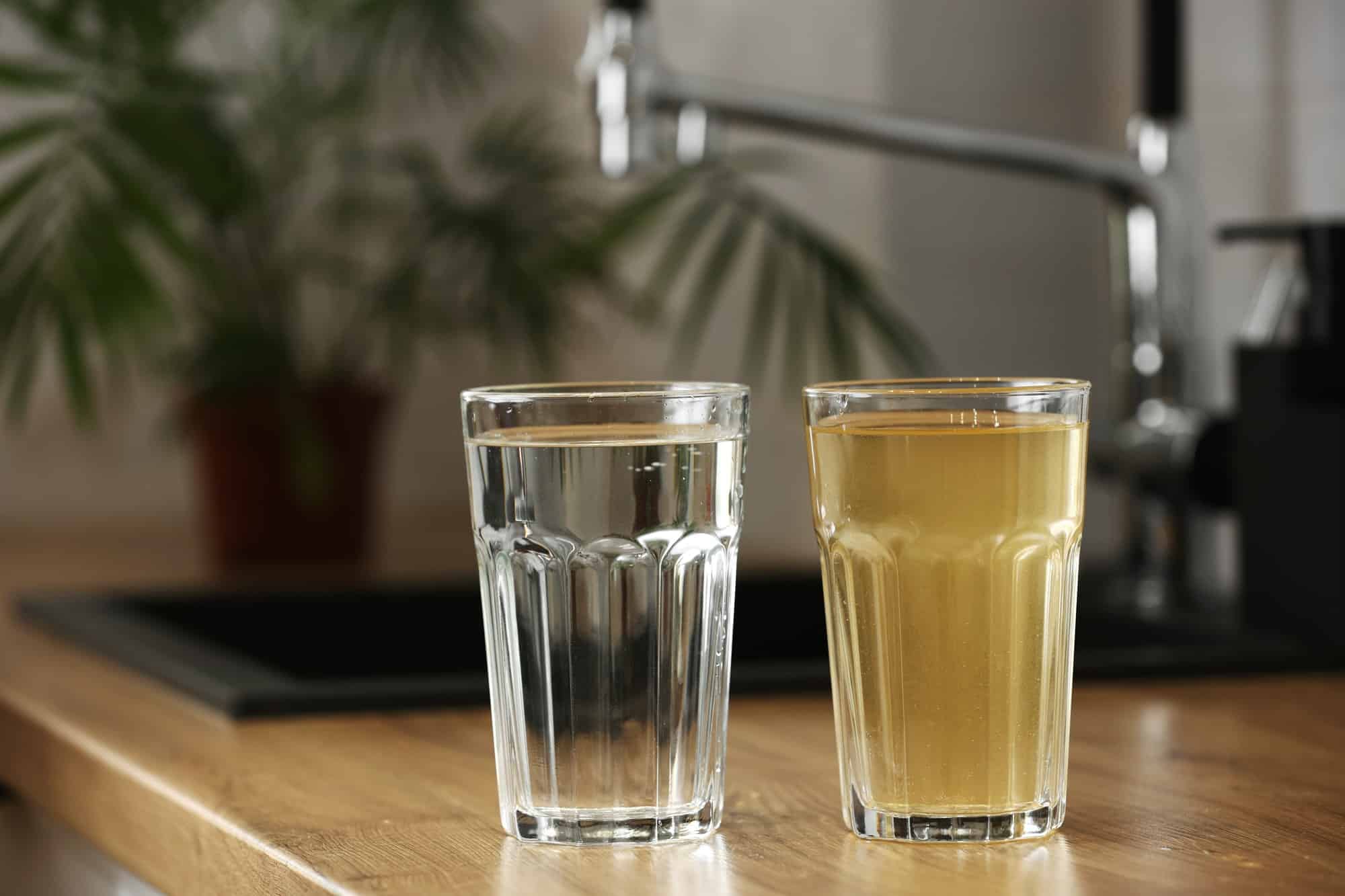What Are the Best Water Filtration Systems for Aquatic Turtles in a Home Aquarium?

Creating the ideal environment for your aquatic turtles involves numerous factors, one of which is providing clean and properly filtered water. Your turtle’s health and longevity are highly dependent on the water quality in their tank. It’s not just about keeping the water clear; a good filtration system eliminates potentially harmful substances, promotes healthier living conditions, and maintains a balanced ecosystem within the tank. So, what are the best water filtration systems for aquatic turtles in a home aquarium? This article delves into the specifics of various turtle tank filters and how they contribute to the overall cleanliness and sanitation of your pet’s environment.
Understanding the Importance of Filtration for Turtle Tanks
Before we dive into the types of filters, it’s essential to understand why your turtle tank needs a strong filtration system. Unlike fish, turtles are much messier and produce more waste. This waste, coupled with leftover food, contributes to the buildup of ammonia, nitrite, and nitrate, which can be toxic for your turtles. A robust filtration system helps mitigate these levels, ensuring your turtles have a safe and clean environment.
Also read : What Are the Best Strategies for Introducing a Puppy to Water Activities Safely?
Furthermore, the filtration system helps circulate the water, promoting oxygenation, essential for your turtles. It also helps to maintain a balanced pH level, critical for your turtles’ health and growth. On top of this, it keeps your tank water clear, making your aquarium aesthetically pleasing.
Canister Filters: High-Capacity Filtration
Canister filters are a popular choice for turtle tank owners due to their high-capacity filtration capabilities. These filters are external units that use a series of filter media to clean the water. They are known for their strong flow rates, making them suitable for larger tanks housing multiple turtles.
Also read : How to Provide Cognitive Enrichment for a Pet Rat Using Homemade Puzzles?
The canister filters draw water from the tank into the canister, where it is passed through different media types. This includes mechanical, biological, and chemical filtration stages. Some models, like the Fluval FX4 Canister Filter, can handle tanks up to 250 gallons, making them ideal for large multilevel tank setups.
However, despite their effectiveness, canister filters do have a few drawbacks. They are generally more expensive than other filter types and require more effort to clean since the media needs to be carefully maintained. Nevertheless, the superior level of filtration they offer makes them a great investment for your turtle tank.
Internal Filters: Compact and Convenient
If you have a smaller tank or are looking for a more budget-friendly option, internal filters may be the way to go. As their name suggests, these filters are placed inside the tank, making them easy to install and operate.
These filters provide a decent level of filtration, although not as comprehensive as canister filters. They use sponge or foam as a filtration medium, which provides both mechanical and biological filtration. However, they lack the chemical filtration stage, which can lead to some harmful substances remaining in the water.
Despite their limitations, internal filters are a good choice for small tanks or beginner turtle owners. They are easy to maintain and are generally quite affordable. However, they might not be sufficient for larger tanks or multiple turtles.
Flow Rate: Ensuring Adequate Water Movement
No matter what kind of filter you choose, one key factor to pay attention to is the flow rate. This is the speed at which water is filtered and is usually measured in gallons per hour (GPH). The general rule of thumb is that your filter should be able to handle at least four times the volume of your tank per hour.
For instance, if you have a 30-gallon tank, your filter should have a flow rate of at least 120 GPH. This ensures adequate water circulation and filtration, crucial for maintaining clean and healthy water for your turtles.
Bear in mind that turtles produce more waste than fish, so they need a strong flow rate to keep their environment clean. Some high-performing filters, like the Fluval FX6, offer flow rates up to 563 GPH, ideal for large or heavily stocked tanks.
Filter Media: The Key to Effective Filtration
The last crucial element to consider when choosing a filter for your turtle tank is the filter media. This is the material that traps and neutralizes harmful substances in your tank water.
Different types of media are used for different stages of filtration. Mechanical media, like sponges or pads, physically remove debris from the water. Biological media, like ceramic rings or bio-balls, provide a surface for beneficial bacteria to grow, which convert harmful ammonia and nitrite into less harmful nitrate. Chemical media, like activated carbon, remove various chemicals and toxins from the water.
Your choice of media will depend on the type of filter you have. Some filters, like canister filters, can accommodate multiple types of media, providing comprehensive filtration. Others, like internal filters, may only use one or two types.
Choosing the right filtration system for your turtle tank involves considering various factors, including the size of your tank, the number of turtles, and your budget. However, regardless of these factors, always prioritize the health and well-being of your turtles. A clean, well-filtered tank is crucial for their overall health and happiness.
Sponge Filters: Simple and Effective
Sponge filters are a straightforward and cost-effective solution for filtering the water in your turtle tank. These filters operate by attaching a sponge to an air pump, creating a vacuum that draws water through the sponge. The sponge itself acts as both a mechanical and biological filter, trapping debris and providing a surface for beneficial bacteria to grow.
While sponge filters are incredibly effective, they aren’t the best choice for larger tanks or tanks with multiple turtles. Generally, they aren’t as powerful as canister filters and don’t provide chemical filtration. However, they can be a great choice for smaller tanks or for use in combination with another filtration system.
One popular option is the Zoo Med Turtle Clean Filter. This sponge filter is ideal for turtle tanks up to 30 gallons and is designed to be simple to clean and maintain. As the name suggests, it’s specifically designed with turtles in mind, ensuring that the flow rate and filtration it provides are adequate for your pet’s needs.
Undergravel Filters: Hidden Filtration
Undergravel filters are another option that can be used for turtle tanks. These filters sit under the substrate in your tank and use a lift tube to draw water through the substrate and back into the tank. The substrate itself acts as a biological filter, fostering beneficial bacteria, while a filter plate provides mechanical filtration.
One of the main advantages of undergravel filters is that they are basically invisible once installed. This can make your tank look more natural and less cluttered. They are also quite affordable and easy to maintain, making them a good choice for beginners.
However, undergravel filters are not recommended for larger tanks, as they lack the power to effectively filter a large volume of water. They are also not suitable for tanks with live plants, as the roots can interfere with the filter’s operation.
Conclusion
Selecting the best water filtration system for your turtle tank involves considering both the needs of your turtles and the specific characteristics of your tank. Whether it’s a high-capacity external canister, a compact internal filter, a simple sponge filter, or a hidden undergravel filter, each system has its advantages and considerations.
Remember, turtles are messy creatures that produce more waste than fish. As a result, they require a robust filtration system to keep their environment clean and healthy. It’s not just about having clear water; a good filtration system should be able to manage harmful substances and maintain a balanced ecosystem within the tank.
In addition to the type of filter, also consider the flow rate and filter media when making your choice. The optimal system will provide a strong flow rate and use a combination of mechanical, biological, and chemical filtration stages to effectively cleanse the water.
While choosing a filtration system may seem daunting, putting your turtles’ health at the forefront of your decision-making process will guide you towards the best choice. Remember, a clean, well-maintained tank is the key to a happy, healthy turtle.
